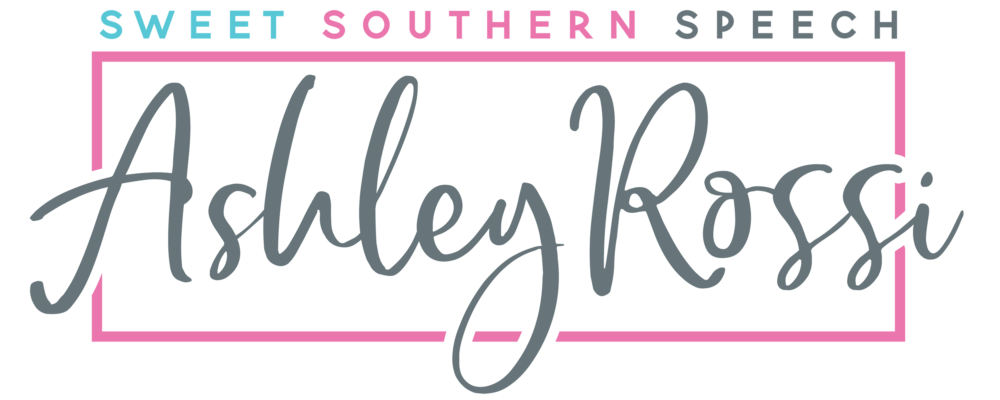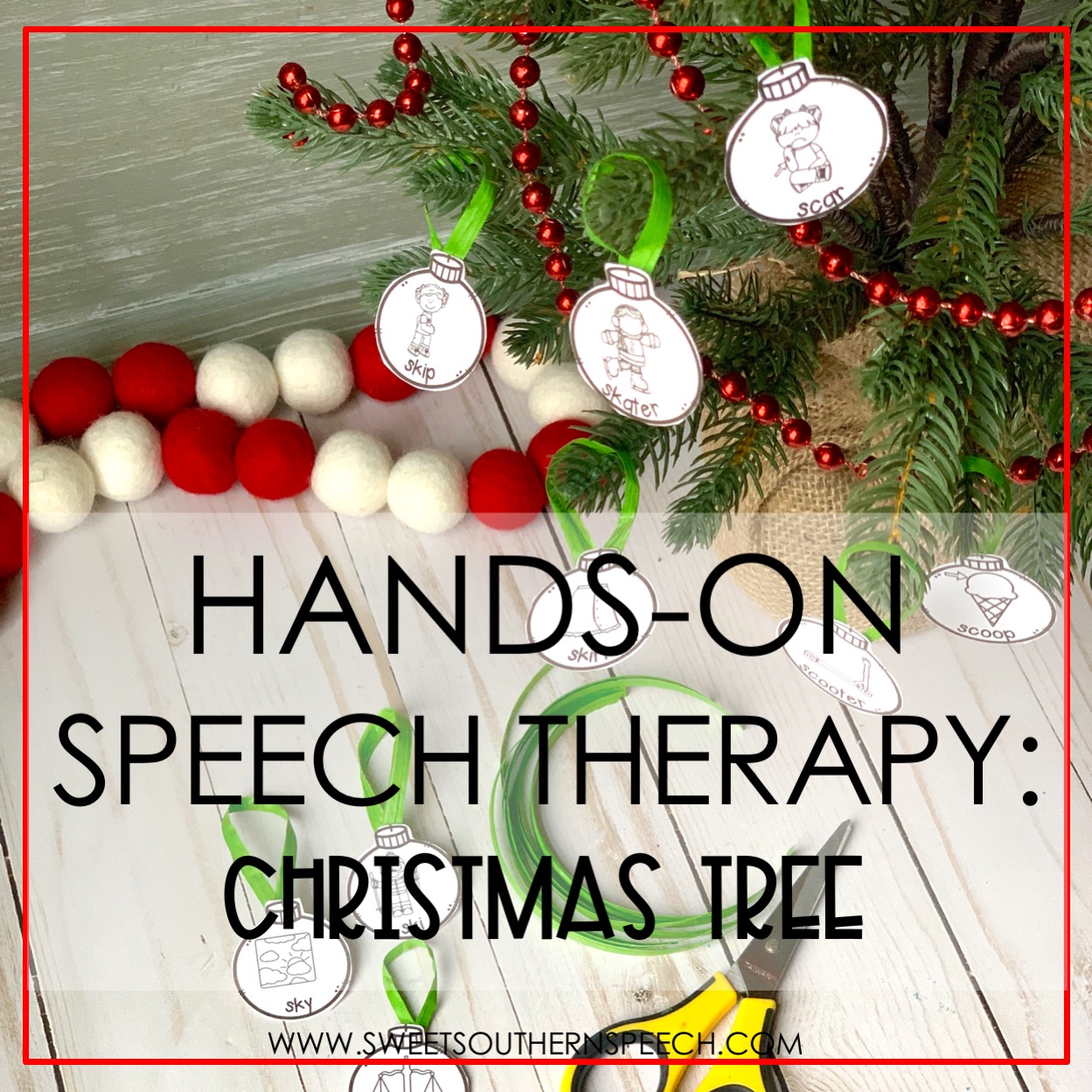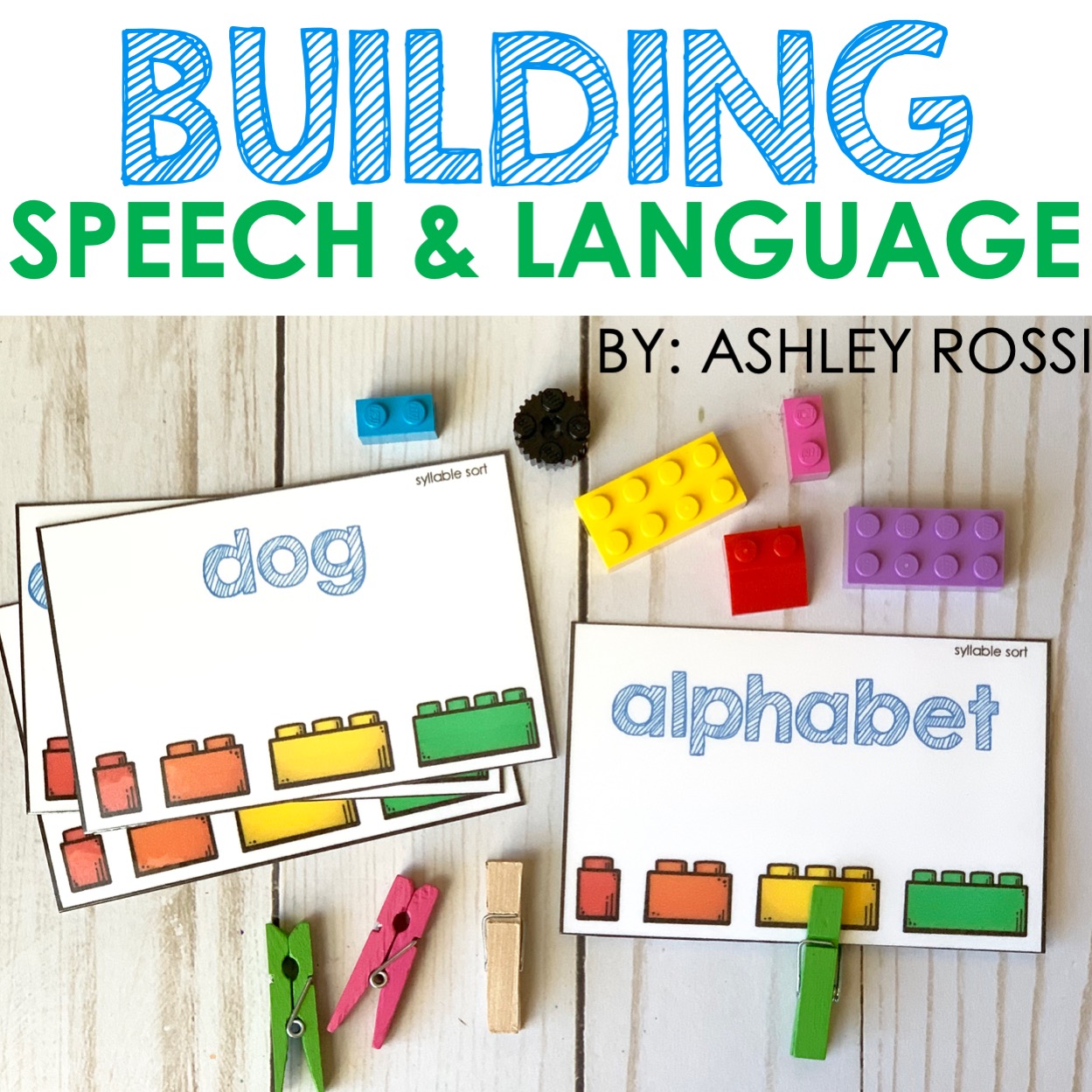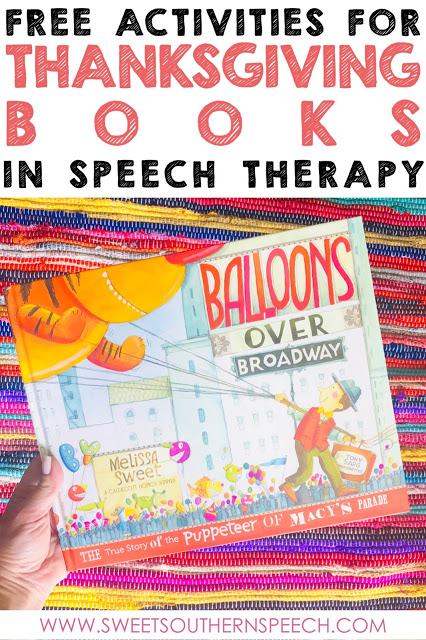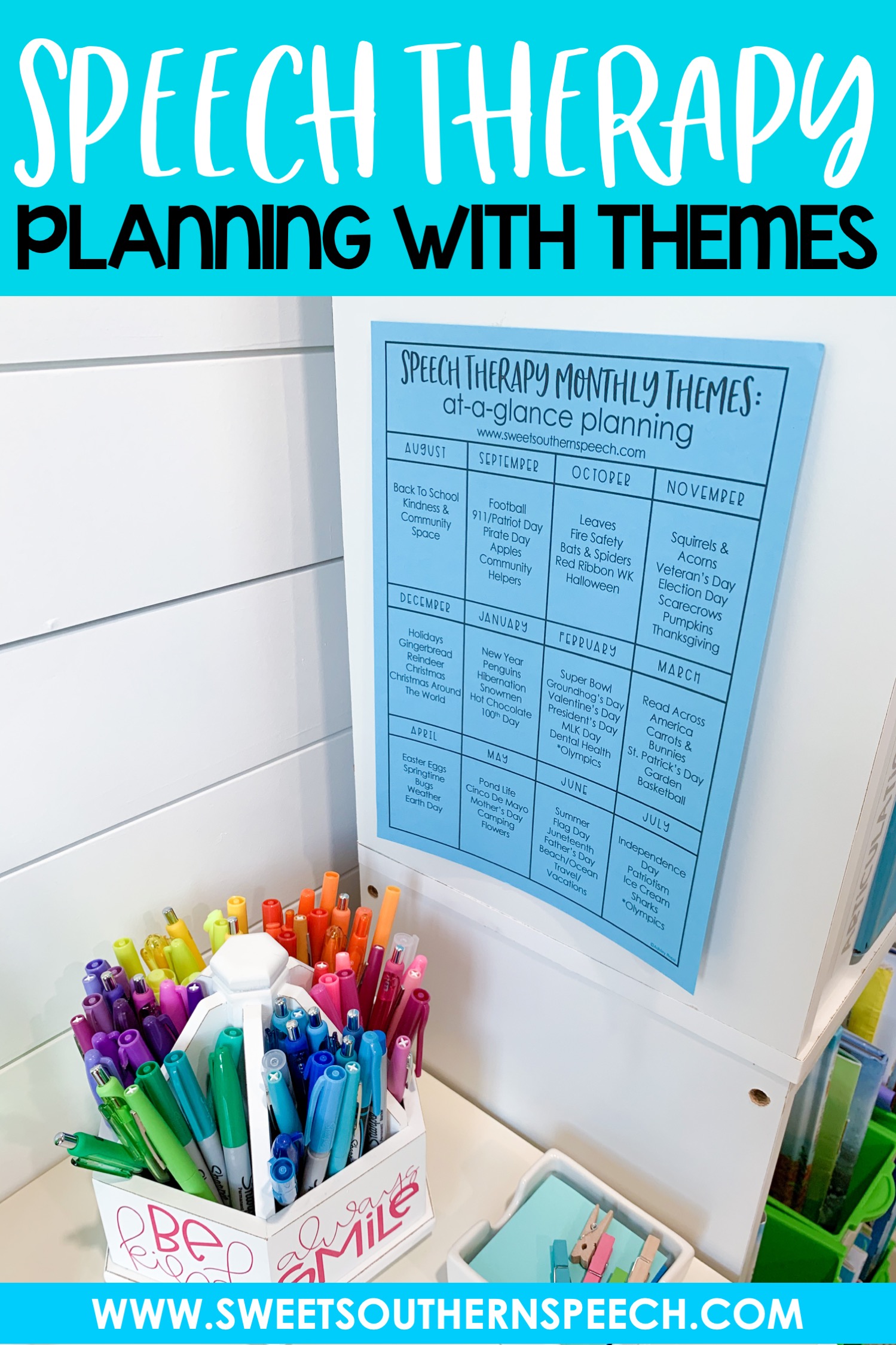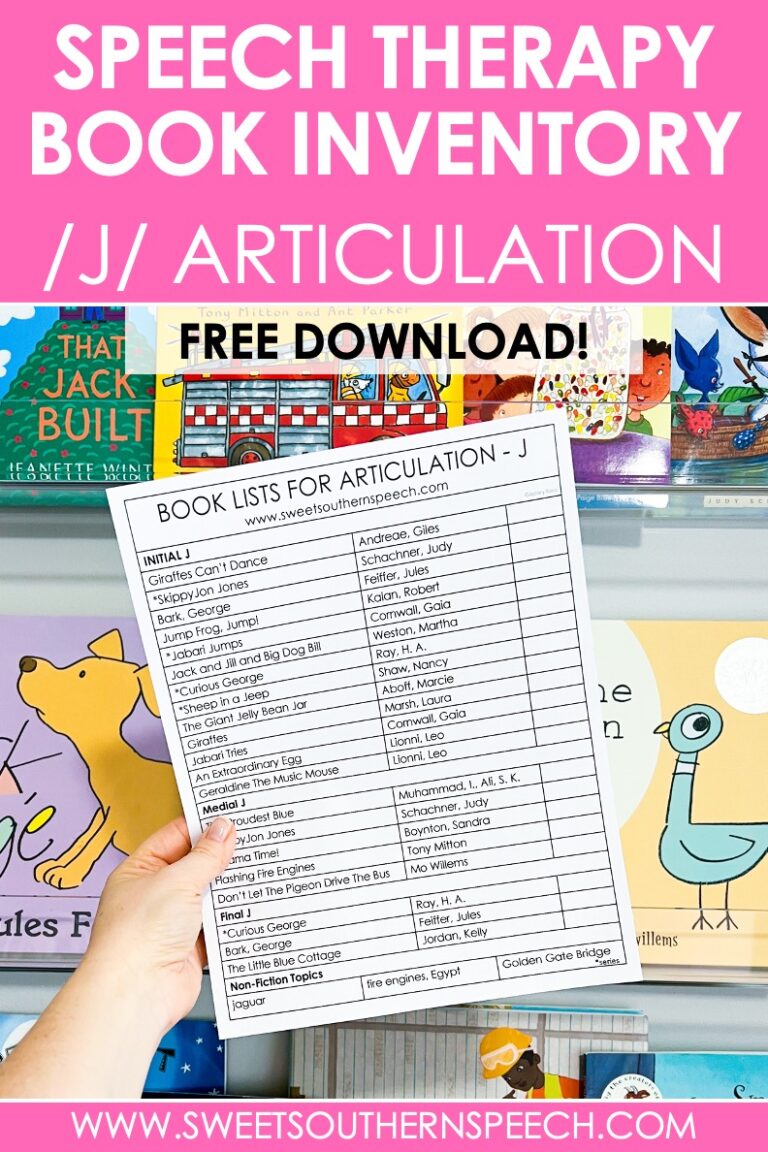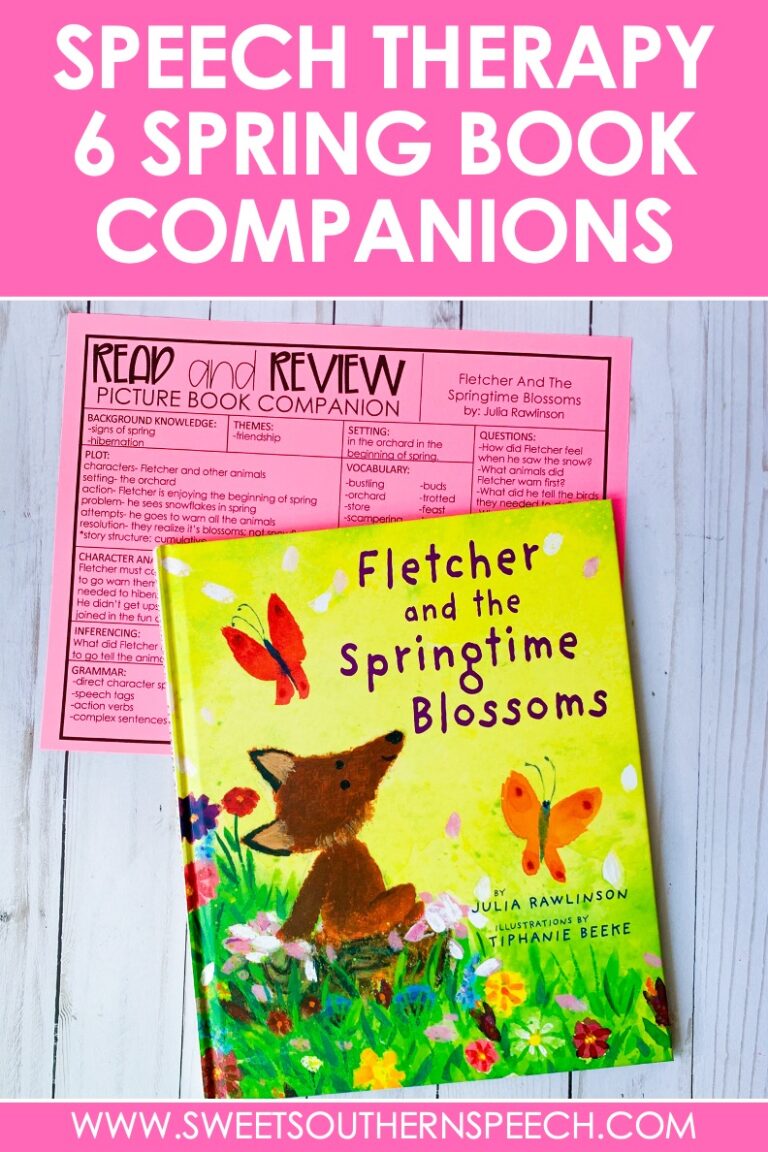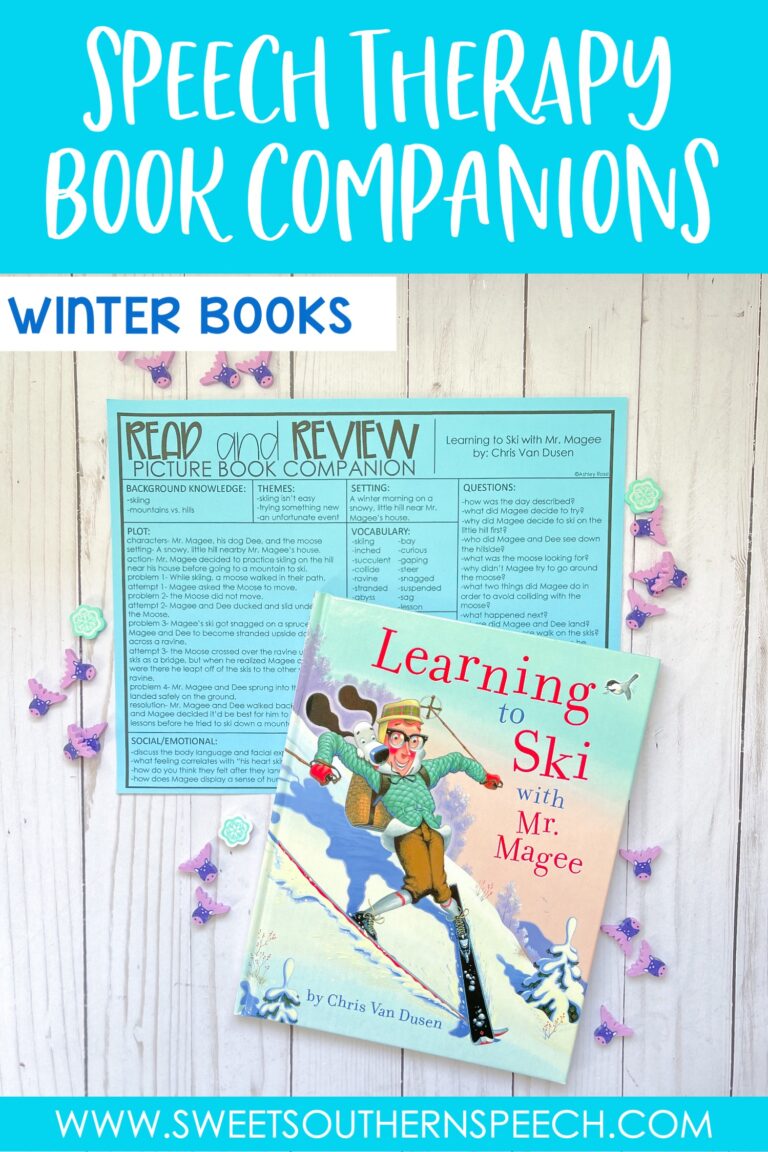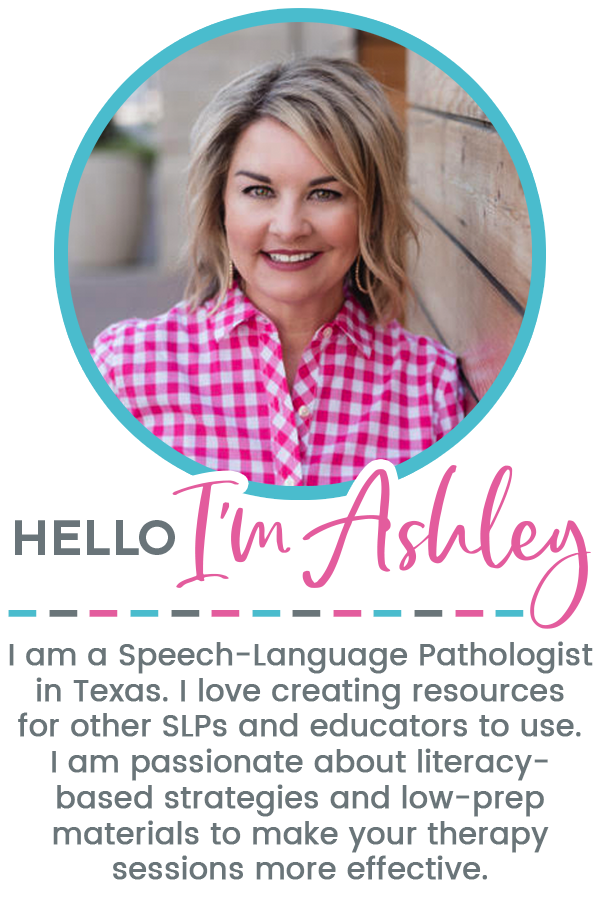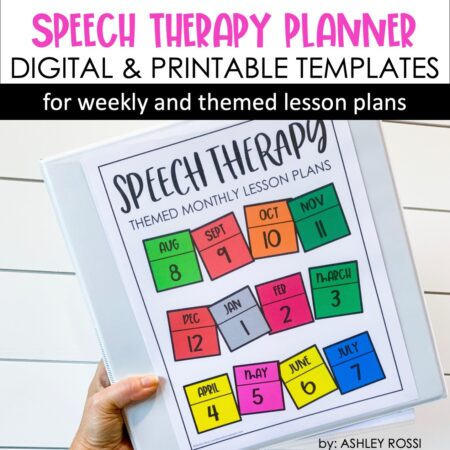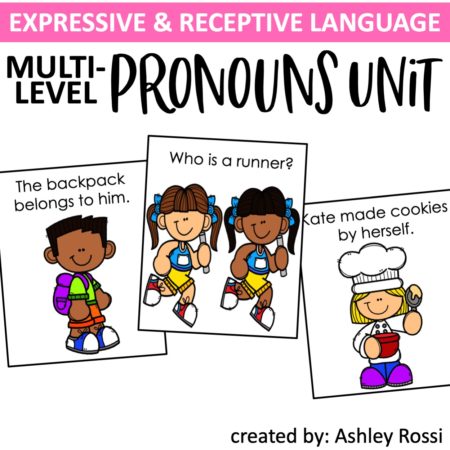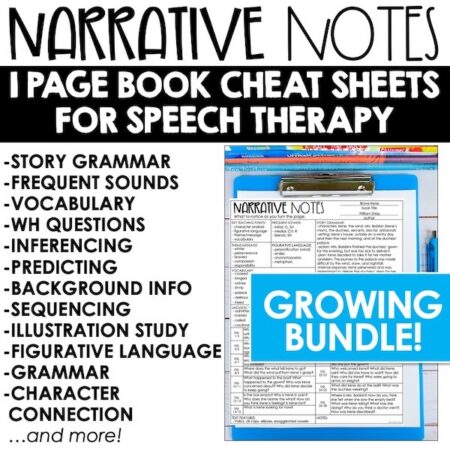How to teach pronouns in Speech Therapy
As a mom of 2 and speech therapist for over 18 years, I’ve seen my fair share of pronoun errors in kids. Let’s be honest, it’s cute for a while. “Him has the ball.” These errors, or delays, typically go hand in hand with verb tense errors as well. “Her goed there.” Still funny out of the mouths of a 3 year old. What are the developmental milestones for pronouns, verbs, and other developmental morphemes? I dug into the research and I thought I’d share the evidence for best practice tells us how and when to treat pronouns during our speech therapy sessions. I break it down into 2 parts below.
What does the research say about pronouns?
There is no clear-cut progression for the acquisition of pronouns. However, most linguists agree that I and it are the first pronouns to emerge, followed by you. Research also indicates that children use most subjective and objective pronouns by three years of age and possessive pronouns by age five. Owens, R.E. (1996). Language development: An introduction. Boston: Allyn & Bacon. So…if you have Kindergarten students with incorrect pronouns…GET ON IT!
Grammar intervention should contain more variety, not less! In one study, children heard their grammatical target (e.g. –ed) recast in either 12 unique verbs twice each or 24 unique verbs once each during each 30-minute session. The targets were a variety of grammatical forms (e.g. pronouns, auxiliary is, third-person singular –s). When teaching new morphemes, we should provide a variety of different examples, rather than focusing on a small sample. Importantly, the target should be the thing that’s held consistent (e.g. past-tense –ed) while all the other words around it vary.
Although this may seem like it would be confusing for young children, the researchers hypothesized that when there is high lexical variability, children focus on the aspects of the utterance that are the most stable. For instance, when teaching the pronoun she and providing a variety of different verbs, the child might focus most on the target she, and learn it more quickly.
See below HOW to implement this.
Plante, E., Ogilvie, T., Vance, R., Aguilar, J.M., Dailey, N.S., Meyers, C., … Burton, R. (2014). Variability in the language input to children enhances learning in a treatment context. American Journal of Speech-Language Pathology, 23, 530–545.
-excerpts from The Informed SLP, www.theinformedslp.com
Another study included twenty-five 5- to 8-year-old children with developmental language disorder, 13 of whom were randomized to receive an implicit-only (I-O) intervention whereas the remaining 12 participants were randomized to receive a combined explicit–implicit (E-I) intervention to learn 3 novel grammatical forms.
Implicit means they received a lot of exposures to the morphemes, but no explanation. Explicit means they also received a rule for when to use the morpheme.
Study findings indicate that, as compared to implicit instruction, children are more likely to acquire, maintain, and generalize novel grammatical forms when taught with explicit instruction. See below HOW to implement this.
Finestack, L. H. (2018). Evaluation of an explicit intervention to teach novel grammatical forms to children with developmental language disorder. Journal of Speech, Language, and Hearing Research. Advance online publication. doi: 10.1044/2018_JSLHR-L-17-0339.
One study looked at a group of 4–6-year-olds with DLD got a half-hour of enhanced* conversational recast treatment for targeted morphemes, of which the first or last 2–4 minutes were devoted to an auditory bombardment activity—something like having the child turn over picture cards while the clinician said phrases with the target structure. Overall, the therapy was effective, and the children improved in their use of the focus morpheme compared to controls. But—the researchers found that more children benefited from the therapy when auditory bombardment came last. Why? The authors suggest that it helped “consolidate the child’s internal representation” of the morpheme. Doing the bombardment first didn’t seem to offer any advantage over not doing it at all, based on a comparison with equivalent treatment groups from the authors’ previous work.
*Recasting, where the clinician repeats the child’s utterance, correcting any errors of grammar, is an evidence-based language intervention strategy. The “enhanced” part means that clinicians got the children’s attention before doing the recast, and also that they made sure to use different verbs each time. We know children learn better from a wider variety of examples.
Plante, E., Tucci, A., Nicholas, K., Arizmendi, G. D., & Vance, R. (2018). Effective Use of Auditory Bombardment as a Therapy Adjunct for Children With Developmental Language Disorders. Language, Speech, and Hearing Services in Schools, 49(2), 320–333.
-excerpts from The Informed SLP, www.theinformedslp.com
See below HOW to implement this strategy.
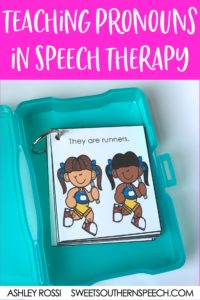
Implementing an evidence-based approach to pronouns:
ACTIVITY 1: Use pronoun posters to teach & reinforce the grammar rules.
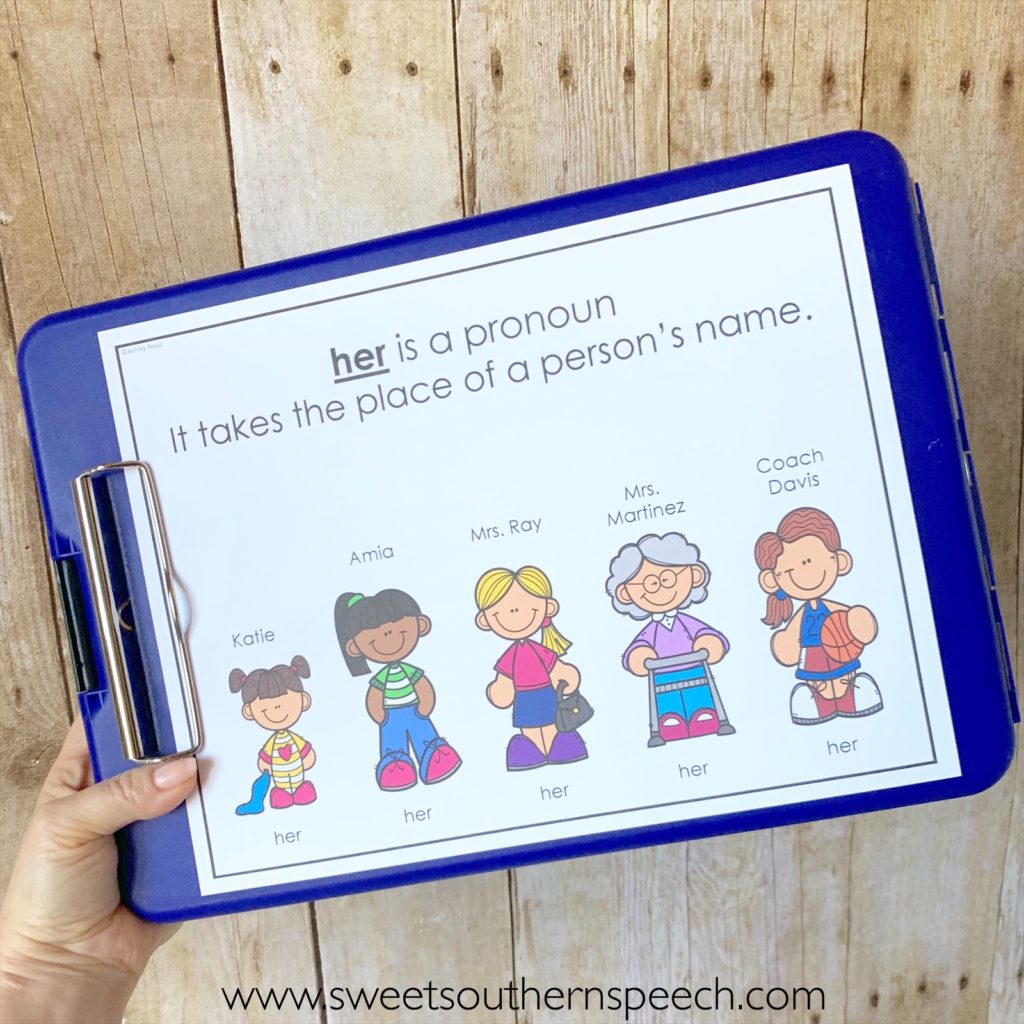
ACTIVITY 2: Use the full-size pronoun sorting mats in this multi-level pronouns unit with 12 dots. This keeps the target pronoun stable and provides a variety of phrases.
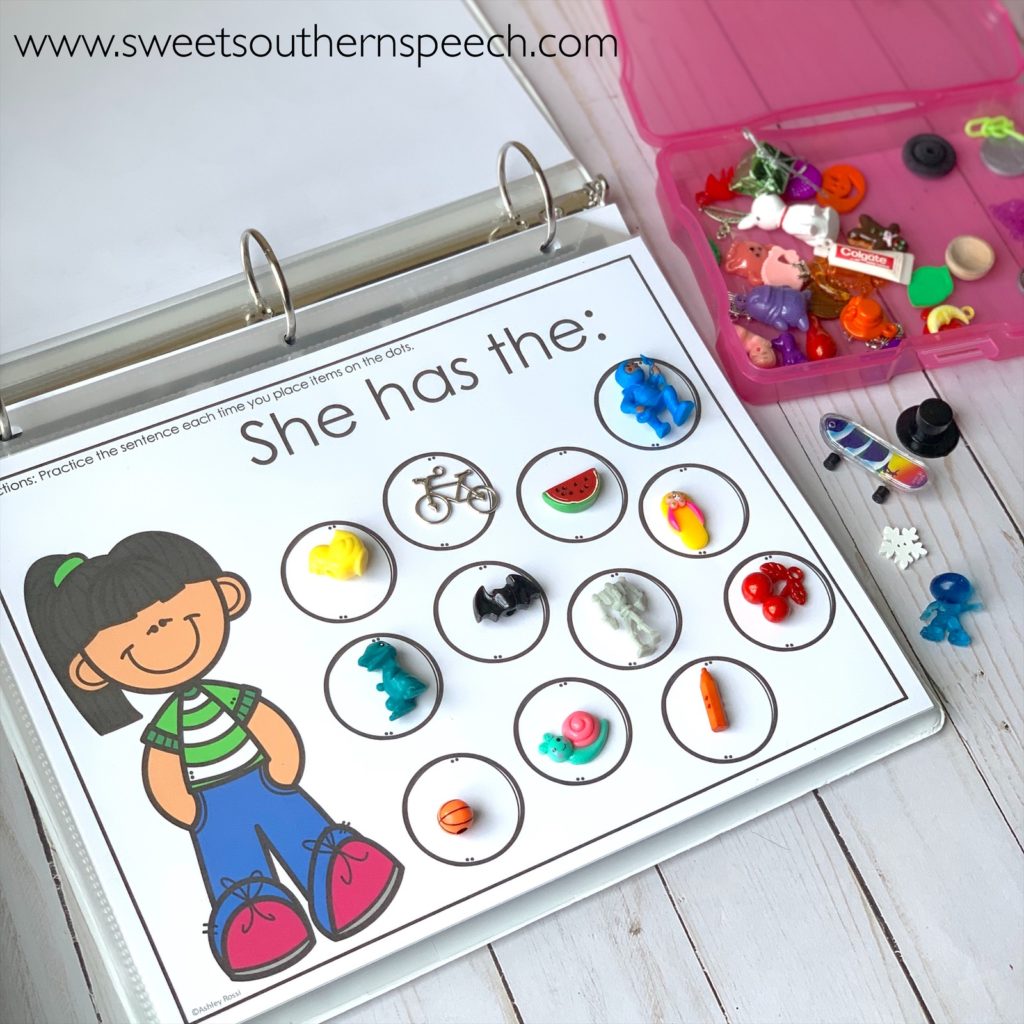
ACTIVITY 3: Use the pronoun cards and statement cards at the end of sessions for auditory bombardment. Hold the cards up next to your face for improved joint attention if needed.
When I created the Multi-Level Pronoun Unit, I wanted to include concepts from this research to guide my treatment activities. I find my caseload has the most difficulty with subject, object, possessive, and reflexive pronouns. I created cards for auditory bombardment and drilling, teaching posters with multiple examples, and sorting mats for extensive opportunities for practicing correct pronouns.
I also integrated opportunities to increase MLU, answer WH (who) questions, and improve irregular verb tenses – all while giving a scaffolded approach to teaching.
Do you have students struggling with pronouns and other grammatical forms? Try this Multi-Level Pronouns Program and let me know what you think! If you’d like a closer look at everything included, check out the videos from my Instagram story highlights!
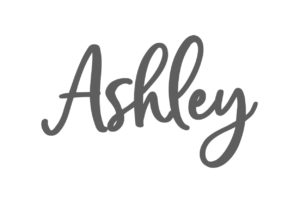
YOU MAY ALSO LIKE
-
Play-Based Speech Therapy: Christmas Tree activity
I don't do that many crafts in my speech room, but I do love intentional…
-
Hands-On Speech Therapy: LEGOs
LEGOs in Speech Therapy LEGOs are one of my go-to activities in Speech Therapy, especially…
-
6 Thanksgiving Books For Speech Therapy
Thanksgiving themed books are fun in my Speech room. Here are some suggestions for my…
-
Using Fall Books In Speech Therapy
Fall books to use in Speech Therapy What books do you pull out for the…
